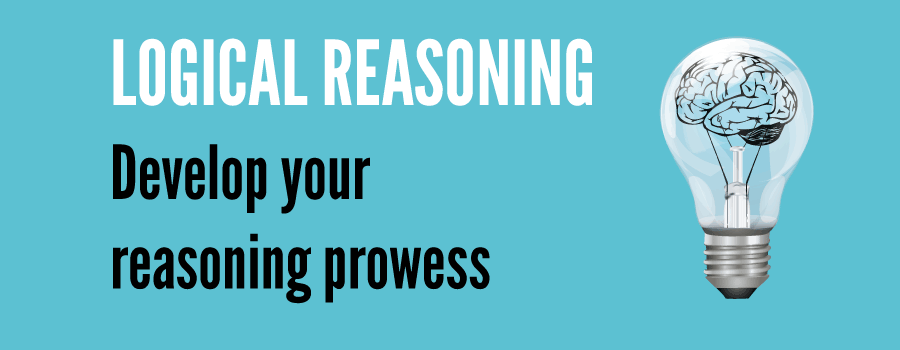Directions (1-5):
Study the following Information carefully and answer the questions given below:
A, B, C, D, E, F, G and H are eight employees of an organization working in three departments Viz. Personnel, Administration and Marketing with not more than three of them in any department. Each of them has a different choice of sports from football, cricket, volleyball, badminton, lawn tennis, basketball, hockey and table tennis not necessarily in the same order. D works in administration and does not like either footbal or cricket. F works in personnel with only A who likes table tennis. E and H do not work in the same department as D. C likes hockey and does not work in marketing. G does not work in administration and does not like either cricket or badminton. One of those who work in administration likes football. The one who likes volleyball works in personnel. None of those who work in administration likes either badminton or lawn tennis. H does not like cricket.
1. Which of the following groups of employees work in Administration department?
(a) EGH
(b) AF
(c) BCD
(d) BGD
(e) Data inadequate
2. In which department does E work?
(a) Personnel
(b) Marketing
(c) Administration
(d) Data inadequate
(e) None of these
3. Which of the following combinations of employee department favourite sport is correct?
(a) E – Administration – Cricket
(b) F – Personnel – Lawn Tennis
(c) H – Marketing – Lawn Tennis
(d) B – Administration – Table Tennis
(e) None of these
4. What is E’s favourite sport?
(a) Cricket
(b) Badminton
(c) Basketball
(d) Lawn tennis
(e) None of these
5. What is G’s favourite sport?
(a) Cricket
(b) Badminton
(c) Basketball
(d) Lawn Tennis
(e) None of these
Directions (6 – 10):
In the following questions, the symbols @, $,★, # and δ
δ are used with the following meaning as illustrated below:
‘P $ Q’ means ‘P is not smaller than Q’.
‘P @ Q’ means ‘P is neither smaller than nor equal to Q’.
‘P # Q’ means ‘P is neither greater than nor equal to Q’.
‘P δ Q’ means ‘P is neither greater than nor smaller than Q’.
‘P ★ Q’ means ‘P is not greater than Q’.
Now in each of the following questions assuming the given statements to be true, find which of the four conclusions I, II, III and IV given below them is/are definitely true and give your answer accordingly.
6. Statements:
H @ T, T # F, F δ E, E ★ V
Conclusions:
I. V $ F
II. E @ T
III. H @ V
IV. T # V
(a) Only I, II and III are true
(b) Only I, II and IV are true
(c) Only II, III and IV are true
(d) Only I, III and IV are true
(e) All I, II, III and IV are true
7. Statements:
D # R, R ★ K, K @ F, F $ J
Conclusions:
I. J # R
II. J # K
III. R # F
IV. K @ D
(a) Only I, II and III are true
(b) Only II, III and IV are true
(c) Only I, III and IV are true
(d) All I, II, III and IV are true
(e) None of these
8. Statements:
N δ B, B $ W, W # H, H ★ M
Conclusions:
I. M @ W
II. H @ N
III. W δ N
IV. W # N
(a) Only I is true
(b) Only III is true
(c) Only IV is true
(d) Only either III or IV is true
(e) Only either III or IV and I are true
9. Statements:
R ★ D, D $ J, J # M, M @ K
Conclusions:
I. K # J
II. D @ M
III. R # M
IV. D @ K
(a) None is true
(b) Only I is true
(c) Only II is true
(d) Only III is true
(e) Only IV is true
10. Statements:
M $ K, K @ N, N ★ R, R # W
Conclusions:
I. W @ K
II. M $ R
III. K @ W
IV. M @ N
(a) Only I and II are true
(b) Only I, II and III are true
(c) Only III and IV are true
(d) Only II, III and IV are true
(e) None of these
Answers:
1–c; 2–b; 3–e; 4–a; 5–d; 6–b; 7–e; 8–e; 9–a; 10–e.
This post was last modified on November 27, 2017 9:04 am





